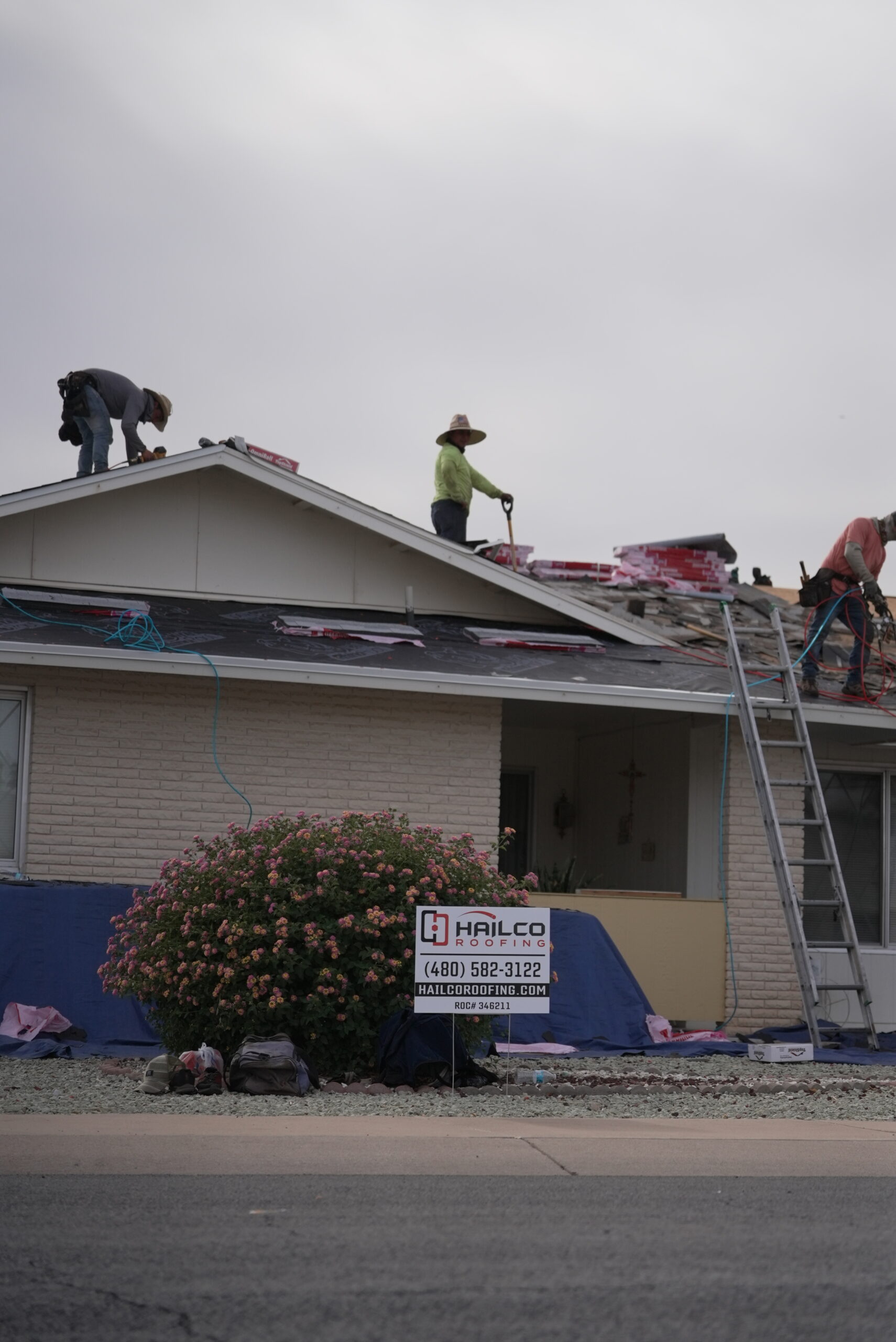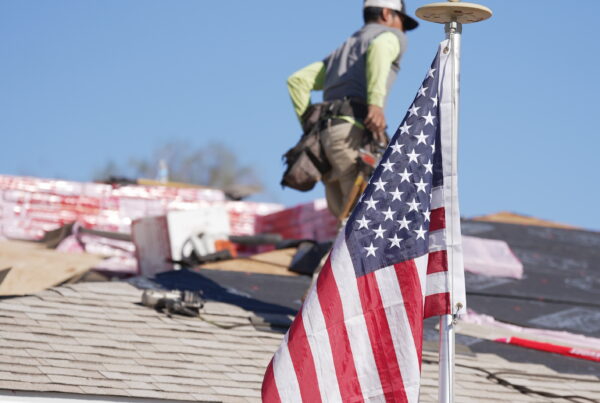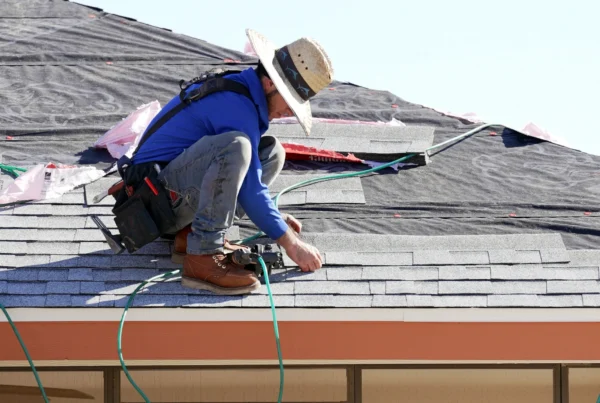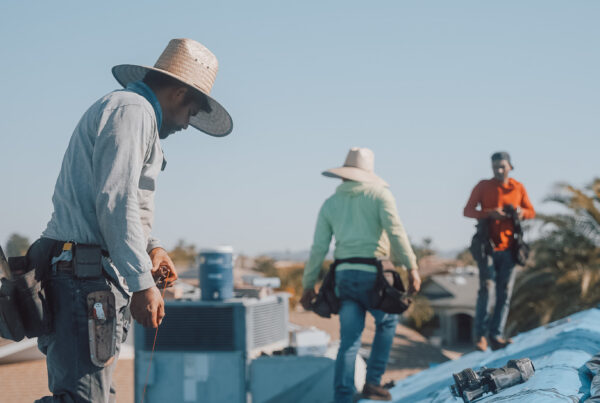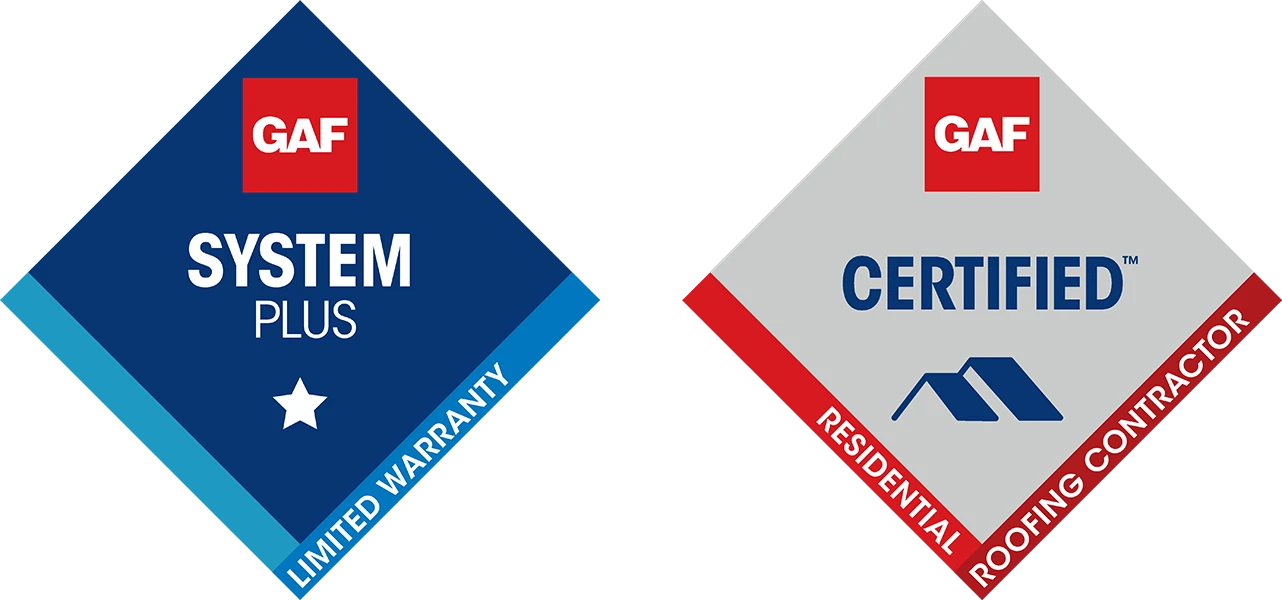The Roofing Contractor industry has long faced challenges related to workplace safety, with falls, equipment hazards, and weather conditions posing constant risks. Recognizing the importance of protecting both workers and clients, the Roofing Contractor Association has released updated safety guidelines aimed at reducing accidents and ensuring a more secure working environment. These new standards emphasize proper equipment use, thorough site inspections, and continuous training for all personnel involved in roofing projects. By following these guidelines, roofing professionals can maintain high-quality workmanship while minimizing the potential for injuries. The initiative reflects a growing commitment within the Roofing Contractor field to prioritize safety without compromising efficiency or project timelines, benefiting workers and homeowners alike.
Protective Gear Standards
The Roofing Contractor Association emphasizes the importance of high-quality protective gear for all personnel on site. Guidelines outline the correct use of helmets, harnesses, gloves, and footwear to prevent injuries from falls, sharp objects, or heavy materials. Adhering to these standards ensures that roofing teams operate safely, reducing the risk of accidents while maintaining efficiency. Regular inspections of protective gear and proper training for employees in its use are key elements. Following these requirements strengthens the overall safety culture within the Roofing Contractor industry.
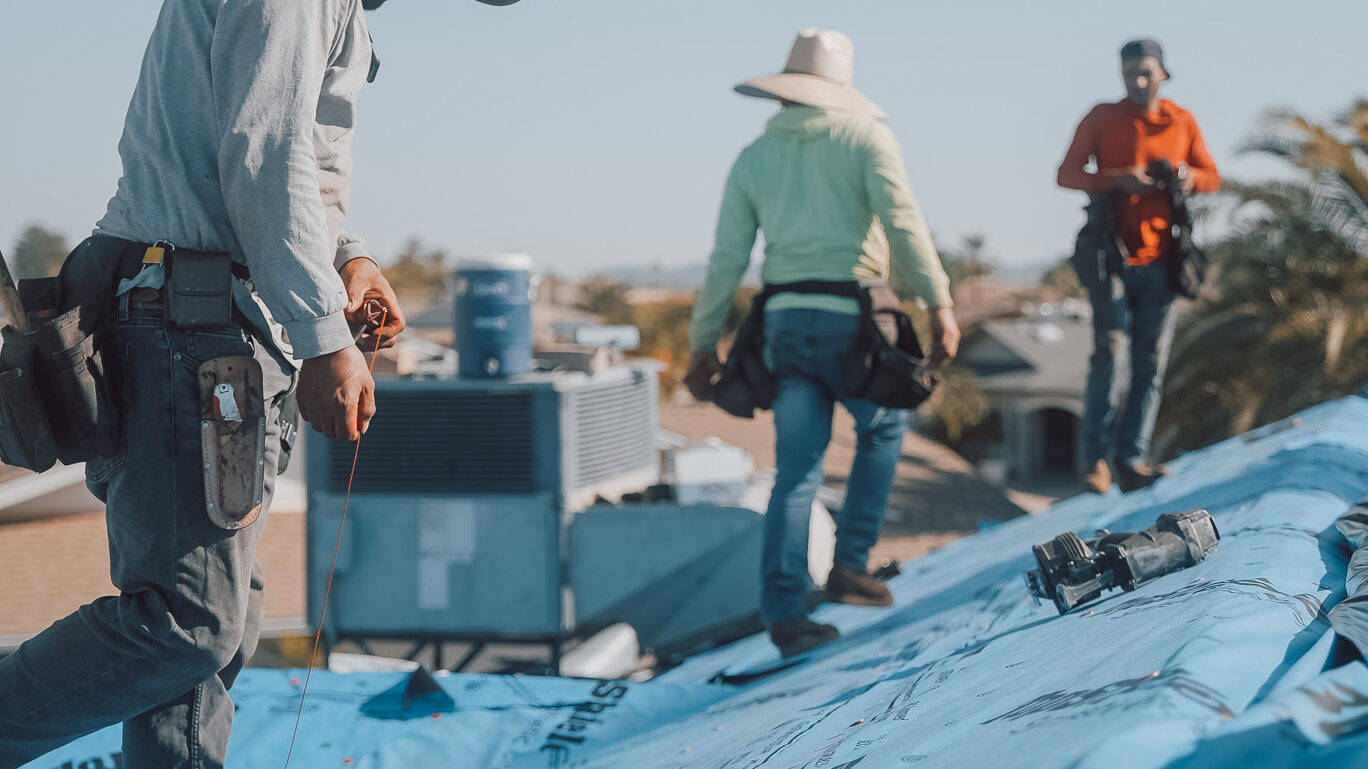
Site Inspection Procedures
Roofing Contractor safety begins with thorough site inspections before any work starts. The guidelines highlight identifying weak structures, loose materials, and potential hazards that could compromise worker safety. Detailed inspections allow contractors to plan work efficiently and take precautionary measures where needed. Teams are encouraged to document findings and implement corrective actions immediately. By standardizing inspection procedures, the Roofing Contractor Association ensures that potential dangers are addressed proactively, reducing accidents and fostering a safer working environment for all involved.
Identifying Structural Weaknesses
Before any roofing work begins, contractors must examine the roof for weak spots, damaged areas, or unstable supports. Early detection of structural issues prevents accidents and ensures the team can plan repairs or reinforcements. This step is crucial for maintaining worker safety throughout the project.
Checking for Loose Materials
Loose shingles, nails, or debris pose serious hazards. Roofing Contractor teams are advised to clear and secure these items during inspections. Addressing loose materials reduces trip and fall risks, ensuring a safer workspace while allowing workers to move freely and efficiently across the roof.
Hazard Recognition
Inspections focus on identifying risks such as exposed edges, electrical lines, or slippery surfaces. Recognizing hazards in advance allows contractors to implement preventive measures. This proactive approach ensures roofing teams can avoid accidents, protecting both personnel and property during every stage of the project.
Documentation of Findings
Recording inspection results is essential for accountability and safety tracking. Contractors should note areas of concern, corrective actions taken, and completed safety measures. Proper documentation ensures that the roofing team maintains a consistent safety standard and provides a reference for future projects.
Corrective Action Implementation
Once hazards are identified, immediate corrective measures must follow. This may include reinforcing structures, securing materials, or setting up safety barriers. By promptly addressing risks, Roofing Contractor teams create a controlled environment that reduces accidents, improves workflow, and ensures compliance with industry safety guidelines.
Fall Prevention Protocols
Falls remain one of the most common hazards in roofing projects. The Roofing Contractor Association outlines fall prevention protocols that include harness systems, guardrails, and secured ladders. Workers are instructed on correct anchoring techniques and safe movement across sloped surfaces. Regular safety drills reinforce these practices and prepare teams for unexpected situations. By strictly following these protocols, roofing crews can minimize the risk of falls while maintaining project efficiency. This focus on fall prevention demonstrates the Roofing Contractor industry’s commitment to protecting every individual on the job site.
Weather Safety Measures
Roofing work is highly affected by weather conditions, making precautions critical. The Roofing Contractor Association recommends monitoring forecasts, postponing projects during high winds or storms, and using protective barriers when necessary. Employees are trained to recognize hazards like slippery surfaces or extreme heat, which can lead to accidents or health issues. Incorporating these weather-related safety measures helps roofing teams avoid dangerous situations while maintaining deadlines. The guidelines encourage proactive decision-making, ensuring that Roofing Contractor projects remain both safe and reliable, regardless of challenging environmental conditions.
Equipment Handling Guidelines
Proper handling of tools and heavy materials is essential for safety in roofing work. The Roofing Contractor Association’s guidelines detail how to lift, carry, and operate equipment to prevent injuries. This includes routine maintenance checks and storage protocols to ensure tools function correctly. Training workers in these practices minimizes the risk of accidents caused by misuse or malfunction. By adhering to these equipment handling guidelines, roofing teams improve productivity and protect both personnel and property. These measures reinforce a culture of safety and responsibility within the Roofing Contractor industry.
Continuous Safety Training
Ongoing education is a cornerstone of safe roofing practices. The Roofing Contractor Association emphasizes continuous safety training to keep employees updated on the latest procedures and hazard prevention techniques. Regular workshops, refresher courses, and safety drills ensure that all personnel understand proper practices and maintain vigilance on-site. Training fosters accountability and encourages teamwork, reducing the likelihood of accidents. By prioritizing education, roofing companies can uphold high safety standards, protect workers, and enhance overall efficiency. Continuous training strengthens the Roofing Contractor industry’s dedication to secure and professional project execution.
Conclusion
The Roofing Contractor Association’s updated safety guidelines reinforce the importance of protecting workers and maintaining high standards across every roofing project. By following these recommendations, roofing teams can reduce accidents, enhance efficiency, and deliver reliable results for property owners. Safety inspections, proper equipment use, and ongoing training are essential steps that demonstrate the Roofing Contractor industry’s commitment to secure and professional work practices.
For expert roofing services in Scottsdale, AZ, trust HailCo Roofing to uphold these standards on every project. Visit us at 7655 E Redfield Rd STE 130, Scottsdale, AZ 85260, or call 480-582-3122 to schedule a consultation and ensure your roofing work is safe and dependable.

